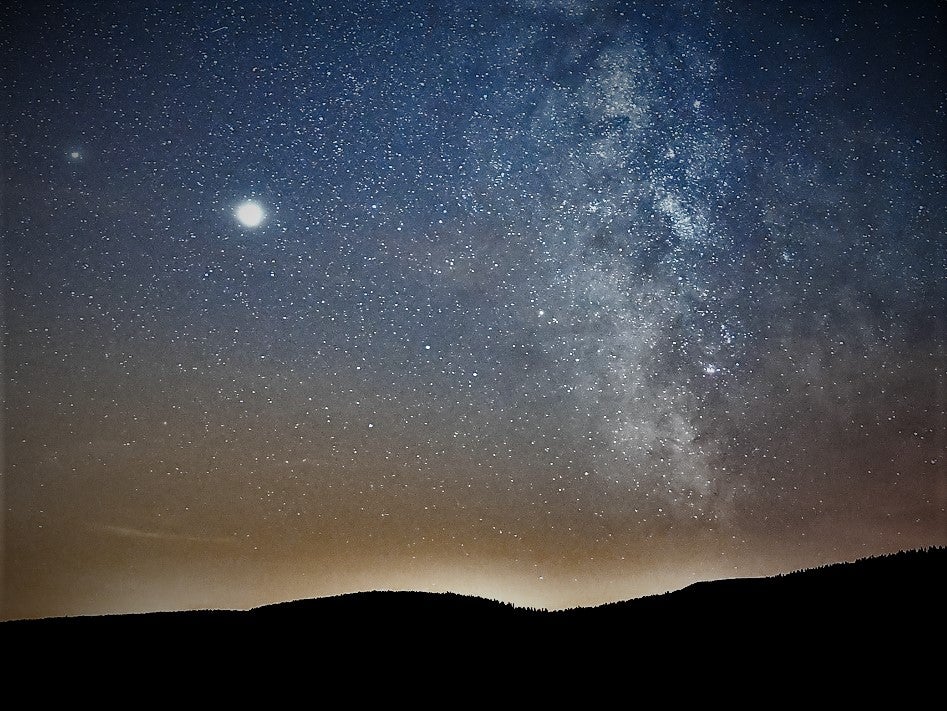Jupiter and Saturn ‘Great Conjunction’ 2020: How to see planets align tonight
Gas giants will come together in night’s sky in closest encounter since 1623

Your support helps us to tell the story
From reproductive rights to climate change to Big Tech, The Independent is on the ground when the story is developing. Whether it's investigating the financials of Elon Musk's pro-Trump PAC or producing our latest documentary, 'The A Word', which shines a light on the American women fighting for reproductive rights, we know how important it is to parse out the facts from the messaging.
At such a critical moment in US history, we need reporters on the ground. Your donation allows us to keep sending journalists to speak to both sides of the story.
The Independent is trusted by Americans across the entire political spectrum. And unlike many other quality news outlets, we choose not to lock Americans out of our reporting and analysis with paywalls. We believe quality journalism should be available to everyone, paid for by those who can afford it.
Your support makes all the difference.Jupiter and Saturn will come together in the night’s sky tonight, forming what will appear to be a single bright star above the horizon.
The event, known as the “Great Conjunction”, will take place on the longest night of the year, offering stargazers a unique opportunity to view it.
The winter solstice, which occurs on 21 December, will also coincide with the peak of the Ursid meteor shower, marking a spectacular end to the astronomical calendar in 2020.
This month’s Great Conjunction will be the closest encounter of the two largest planets in the solar system since 1623, despite Jupiter and Saturn passing close to each other every 20 years or so.
Jupiter and Saturn will come within 0.1 degree of each other – around one fifth of the moon’s diameter – and it will be visible from all around the world.
Given the timing of the conjunction, some have likened the merging of the two gas giants to the Christmas Star.
Weather permitting, the two planets will briefly appear as a single entity with the naked eye, just above the horizon when looking southwest shortly after sunset.
Looking in that direction with an amateur-grade telescope, the rare event will mean both Jupiter and Saturn appear within the same field of view.
The best place to witness the spectacle is far away from any light pollution, with professional astronomers and photographers advising watchers to allow at least 45 minutes to allow for their eyes to adjust to the darkness.
The planets will once again conjoin within one tenth of a degree of each other in 2080, meaning this may be the last chance for many people to see such a conjunction within their lifetimes.
Each night leading up until 21 December, Jupiter and Saturn “gradually moved closer to each other”, according to Nasa.
“Keep in mind that while the two gas giants may appear close, in reality they are hundreds of millions of miles apart,” the US space agency said.
“This will be quite a striking sight, but you will need to look fast as both planets will set shortly after sunset.”
According to the UK Met Office, weather will only be favourable in certain areas of the UK.
Tonight’s forecast states: “Central and S England/Wales cloudy and mild with some rain/drizzle at times. Clearer/colder N with frost and a few fog patches developing. Showers N and W Scotland.”


Join our commenting forum
Join thought-provoking conversations, follow other Independent readers and see their replies
Comments